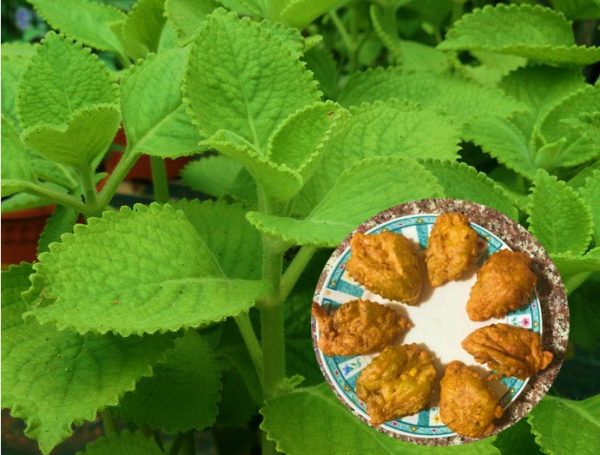
Gum Recession And Prevention
Gum recession happens when your gum tissue pulls back from your teeth, exposing the roots. It can be caused by many factors—some are preventable, some not—but you can take steps to slow or avoid it.
Common symptoms:
- Longer-looking teeth – Teeth may appear long because more of the root is exposed.
- Visible root surfaces – The normally hidden yellowish root can become visible.
- Tooth sensitivity – Discomfort or pain when eating/drinking hot, cold, sweet, or acidic foods.
- Notches or grooves at the gum line – “V-shaped indentations appear where gum tissue has worn away.
- Gums pulling away from teeth – You may see small gaps between gum and tooth.
- Inflamed, red, or swollen gums – Often due to irritation or infection.
- Bleeding while brushing or flossing – Especially if gum disease is present.
- Bad breath or bad taste in the mouth – Can occur with gum infections.
- Loose teeth – In advanced stages, the supporting bone may be affected.
Common reasons for gum recession
- Aggressive toothbrushing: Brushing too hard or using a hard-bristled toothbrush can wear away gum.
- Poor oral hygiene: Plaque buildup turns into tartar, which irritates gums and causes them to recede.
- Periodontal (gum) disease: Infection and inflammation damage gum tissue and supporting bone.
- Teeth grinding or clenching : Clenching known as bruxism. Both teeth grinding and bruxism puts extra pressure on teeth strains the gums.
- Misaligned teeth or bite: Uneven forces during chewing can stress certain gum areas.
- Genetics: Some people inherit thinner gum tissue or higher gum sensitivity.
- Hormonal changes: Pregnancy, menopause, and hormonal fluctuations can make gums more vulnerable.
- Tobacco use: Smoking or chewing tobacco restricts blood flow to gums, weakening them.
- Lip or tongue piercings: Jewelry can rub against gums, causing irritation.
- Aging: Over time, gums naturally wear slightly, even in healthy mouths.
Ways to prevent gum recession
- Brush gently, twice daily –Use a soft-bristled toothbrush and gentle circular motions. Avoid scrubbing side-to-side at the gum line.
- Floss daily- Clean between teeth to remove plaque where brushes cannot reach.
- Regular dental checkups and cleanings-Professional cleanings remove tartar and catch gum issues early.
- Treat grinding and clenching-If you grind while sleeping at night, ask about a custom night guard.
- Fix bite or alignment issues-Orthodontic treatment can reduce uneven gum stress.
- Avoid tobacco– This helps to improve gum health and healing ability.
- Stay hydrated and eat gum-friendly foods-Vitamin C, antioxidants, and minerals support gum tissue repair.
- Manage hormonal changes-Women should be extra vigilant with oral hygiene during pregnancy or menopause.
- Avoid oral piercings or keep them well-maintained-Reduce irritation to gums.
- Address gum inflammation early- Swelling, redness, or bleeding are early signs that result in pain which could be unbearable. Don’t wait for pain.
Your oral health is important. Take care of your gums and teeth as it will help at your old age.
Image credit: https://pxhere.com/en/photo/1401259 CC0 public domain, Free for commercial use (image published 05/13/2017)
Author: Sumana Rao | Posted on: August 14, 2025
« Importance Of Soleus Muscle And Soleus Pushups How To Get Relief From Constipation Induced Back Pain »








